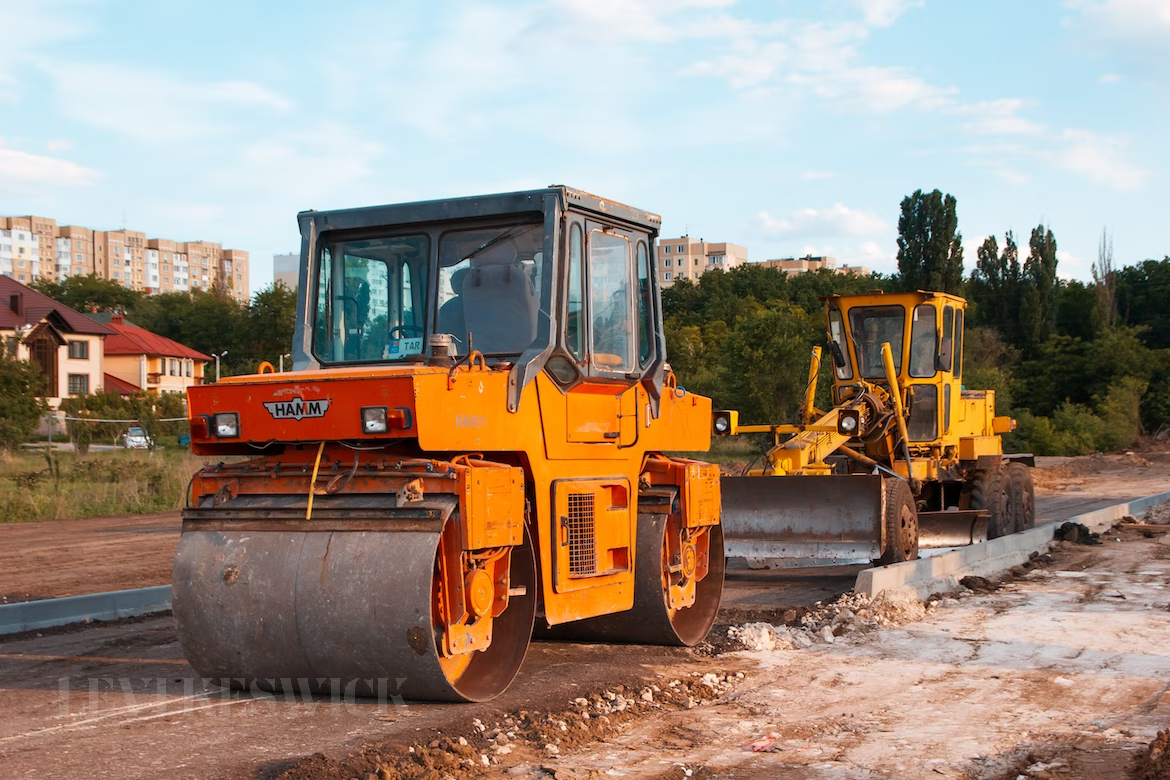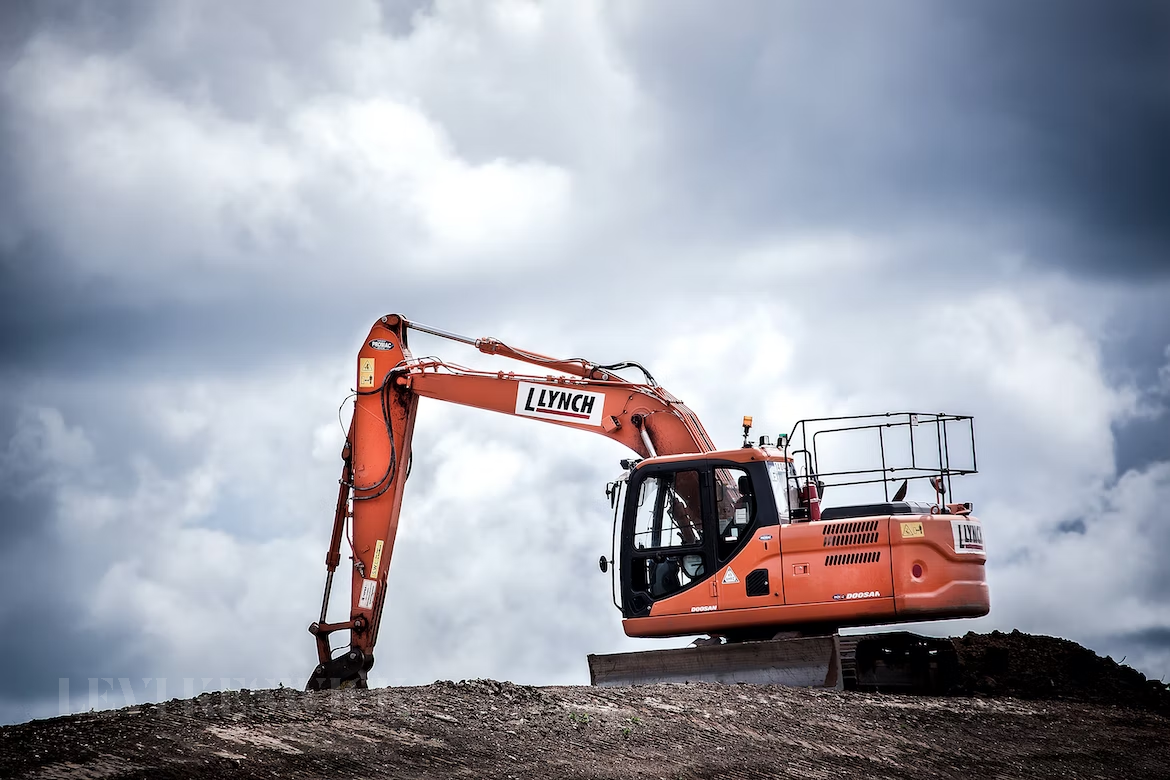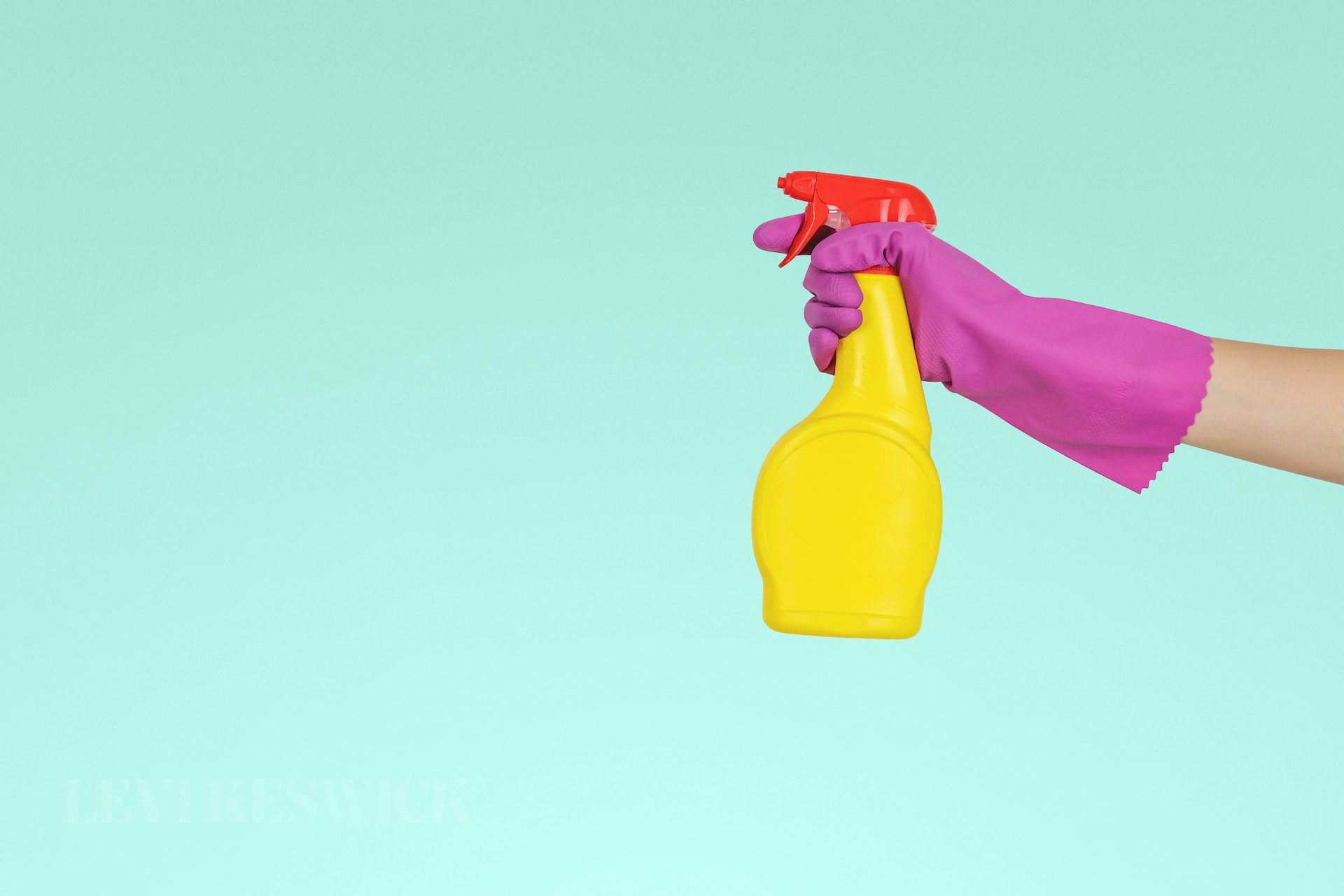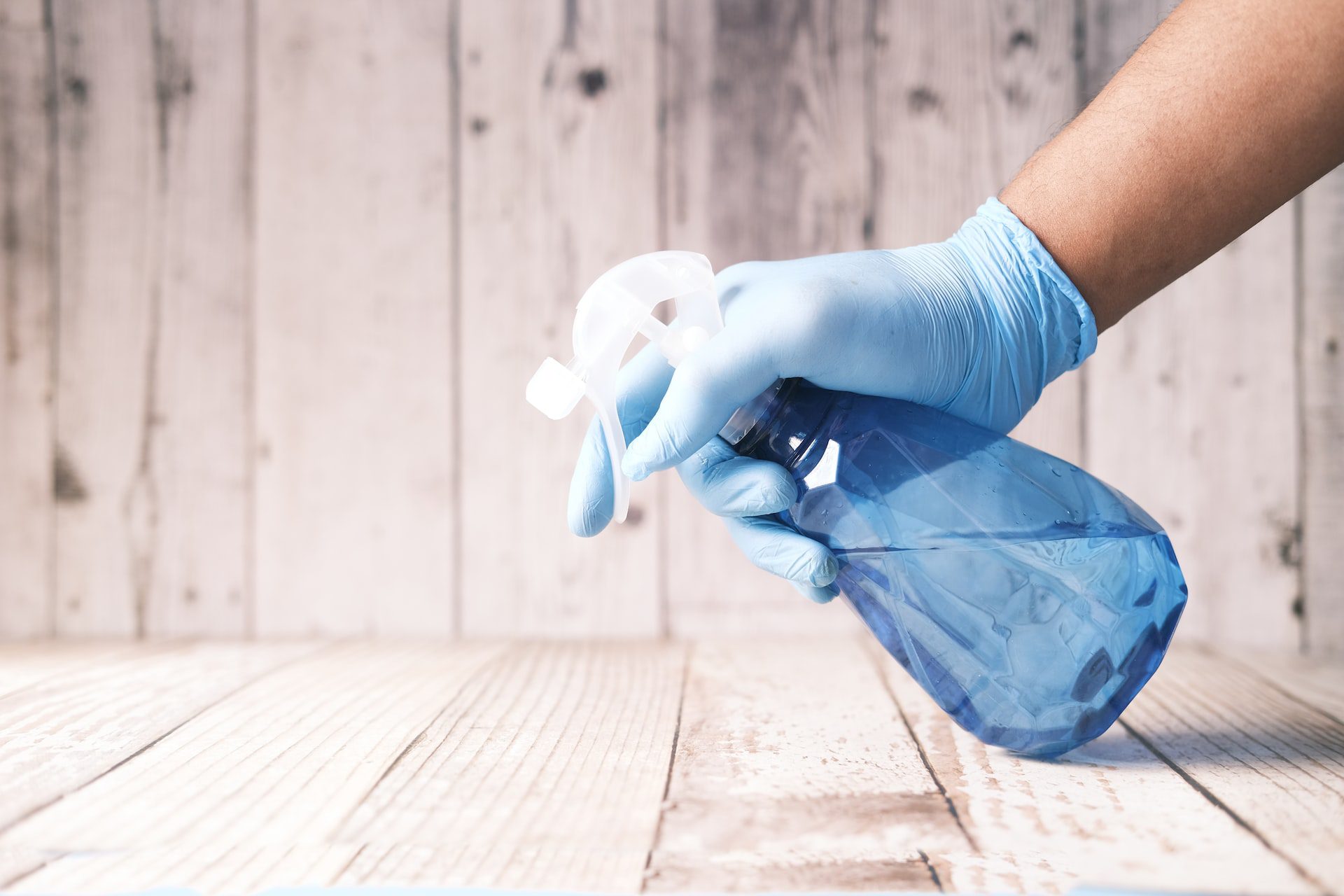Cleaning your construction equipment is a very important step in maintaining it and ensuring that it lasts for a long time. If you don’t clean your equipment after each job, the dirt and dust will start to build up and can cause damage. In this blog post, we will discuss how to clean different types of construction equipment. We will also offer advice on how to speed up and simplify the procedure!

Take Care Of Your Slurry
Taking care of your slurry is important in keeping your construction equipment clean and efficient. The slurry is a mixture of water, sand, and other materials that can accumulate on the surface of your equipment. It’s important to remove any excess slurry after each job as it can start to harden and become difficult to remove. When it comes to slurry management, it’s important to use a slurry vacuum or other specialized equipment. This will help ensure that all of the debris is removed and that your construction equipment stays in top condition.
Additionally, it may be beneficial to use an anti-corrosion spray on your metal components to prevent damage from rust and corrosion caused by the moisture of the slurry. Taking the time to properly care for your slurry will help extend the life of your construction equipment and reduce maintenance costs in the long run.
Wear Your PPE
It’s important to remember to wear your personal protective equipment (PPE) when cleaning your construction equipment. This includes safety glasses or goggles, gloves, and a dust mask or respirator. Doing so will help protect you from any harmful particles that may be present while cleaning. Additionally, it’s good practice to cover exposed skin to avoid any contact with corrosive chemicals. Taking the appropriate safety measures will help ensure that you remain healthy and uninjured during the cleaning process.
Record Fluid Levels
If you have large construction equipment, it is important to keep accurate records of fluid levels during and after use. This helps prevent costly repairs due to low or overfilled fluids. Make sure to record the oil, fuel, coolant, and other fluid levels before starting your project as well as when you finish. It is also important to check for any fluid leaks during the job and record them for future maintenance. This will help keep your construction equipment running smoothly and efficiently.

Regularly Lubricate Everything That Needs It
It is important to regularly lubricate all of the moving parts on your construction equipment. This helps reduce friction and wear and tear, ensuring that they last as long as possible while protecting against any damage due to incorrect use or unexpected conditions. Make sure you check the owner’s manual for instructions on what type of lubricant should be used where, and how often it should be done.
Pay close attention to all the bearings and moving joints, as well as any areas prone to wear or corrosion. If you don’t have an owner’s manual, consult an expert for advice on proper lubrication techniques and types of lubricants best suited for your equipment. Doing this will keep your construction equipment running at its peak performance.
Utilize The Proper Detergent
When cleaning your construction equipment, it is important to use the proper detergent in order to get the job done right. Using a mild detergent or soap specifically designed for heavy-duty cleaning should be used for most jobs. Not only does this help clean the surface of the machine thoroughly, but it also helps protect it from rust and corrosion. Additionally, make sure to read the label of any detergent you are using and follow directions carefully.
A few drops of dishwashing liquid or laundry detergent should be enough for most cleaning applications. Remember, too much soap can leave an unpleasant residue and may require additional rinsing. Make sure to rinse all surfaces thoroughly after use in order to avoid any soap residue. With the right cleaning supplies, you can keep your construction equipment looking great for years to come.
Let It Fully Dry
After you have finished cleaning your construction equipment and wiping off all the dirt and residue, it is important to let it fully dry before putting it away. This will help prevent rust or other corrosion from occurring as a result of moisture on the tools. Additionally, it will help keep any residual dirt from sticking around for longer than necessary. To ensure that your construction equipment is completely dry, take a moment to wipe it down with a microfiber cloth or rag. This will help absorb any remaining moisture and protect your tools for future use.
In conclusion, cleaning your construction equipment after the job is essential for keeping it in optimal condition. Taking the necessary precautions such as wearing protective gear, recording fluid levels, and utilizing the right cleaning products will help ensure that your construction tools remain in great shape and last you many years of reliable use. Furthermore, make sure to let everything fully dry before putting them away to prevent any rust or corrosion. Following these tips will help you keep your construction equipment in the best condition possible, ensuring that it is safe and ready for use whenever you need it.













